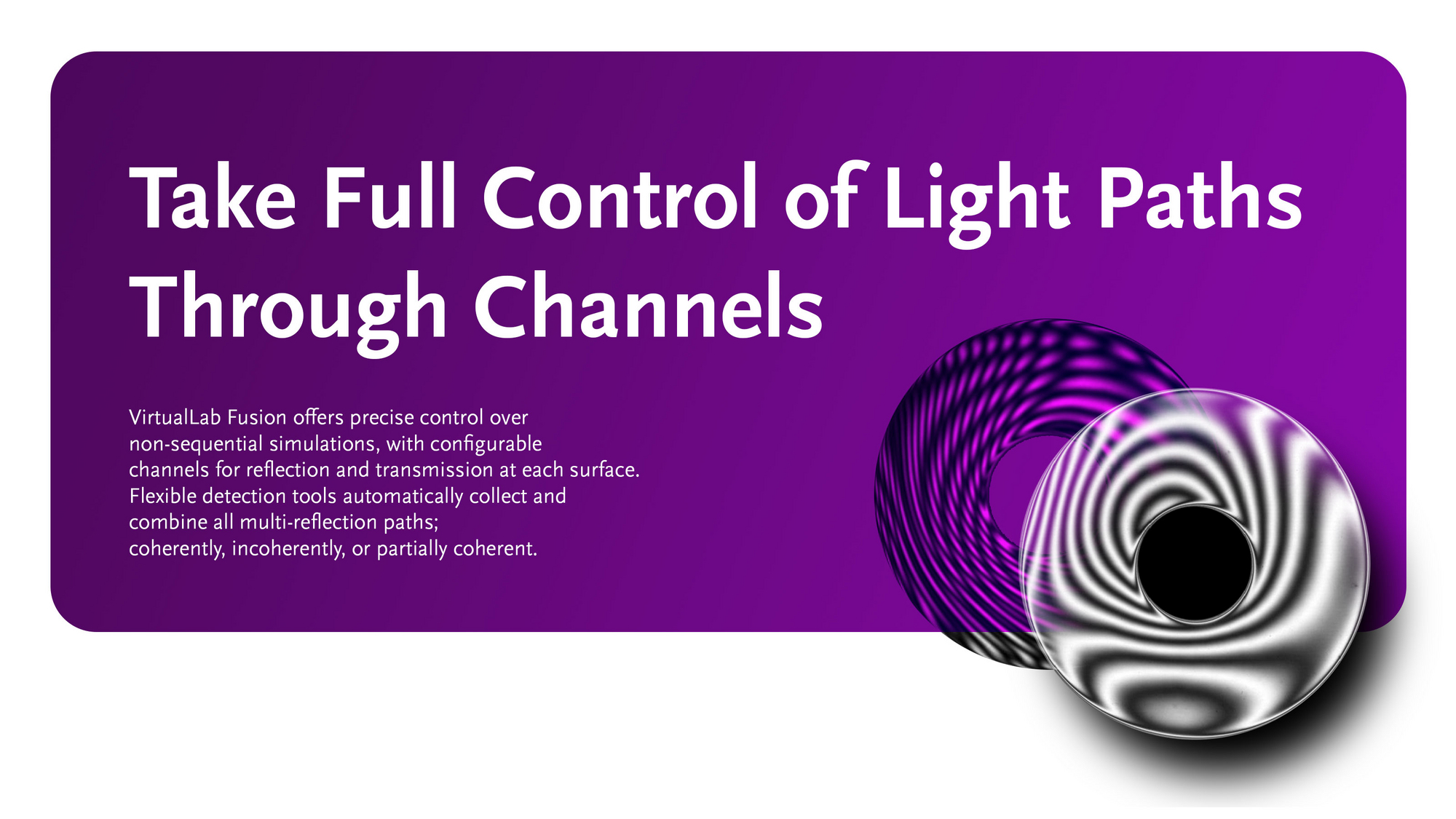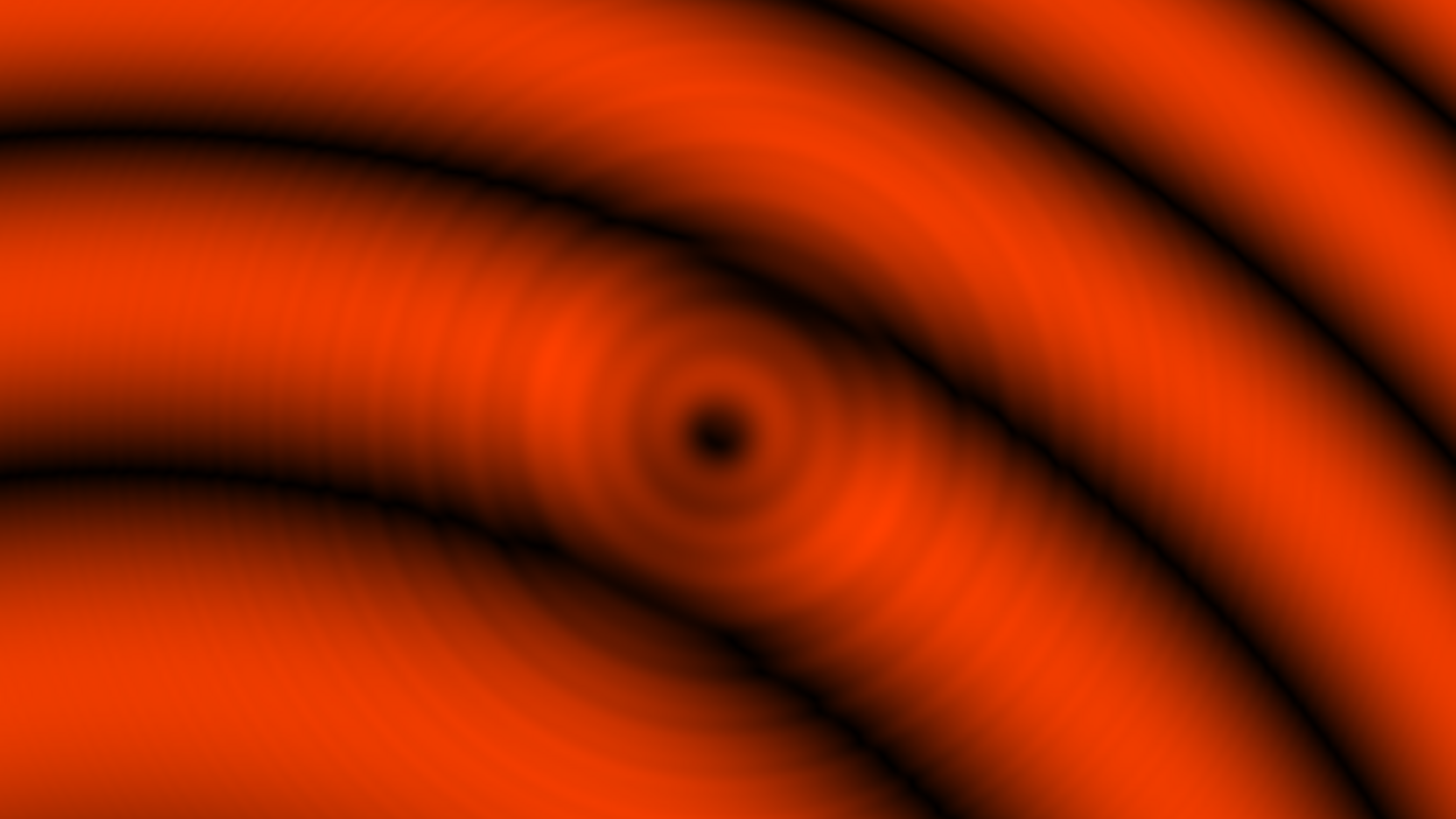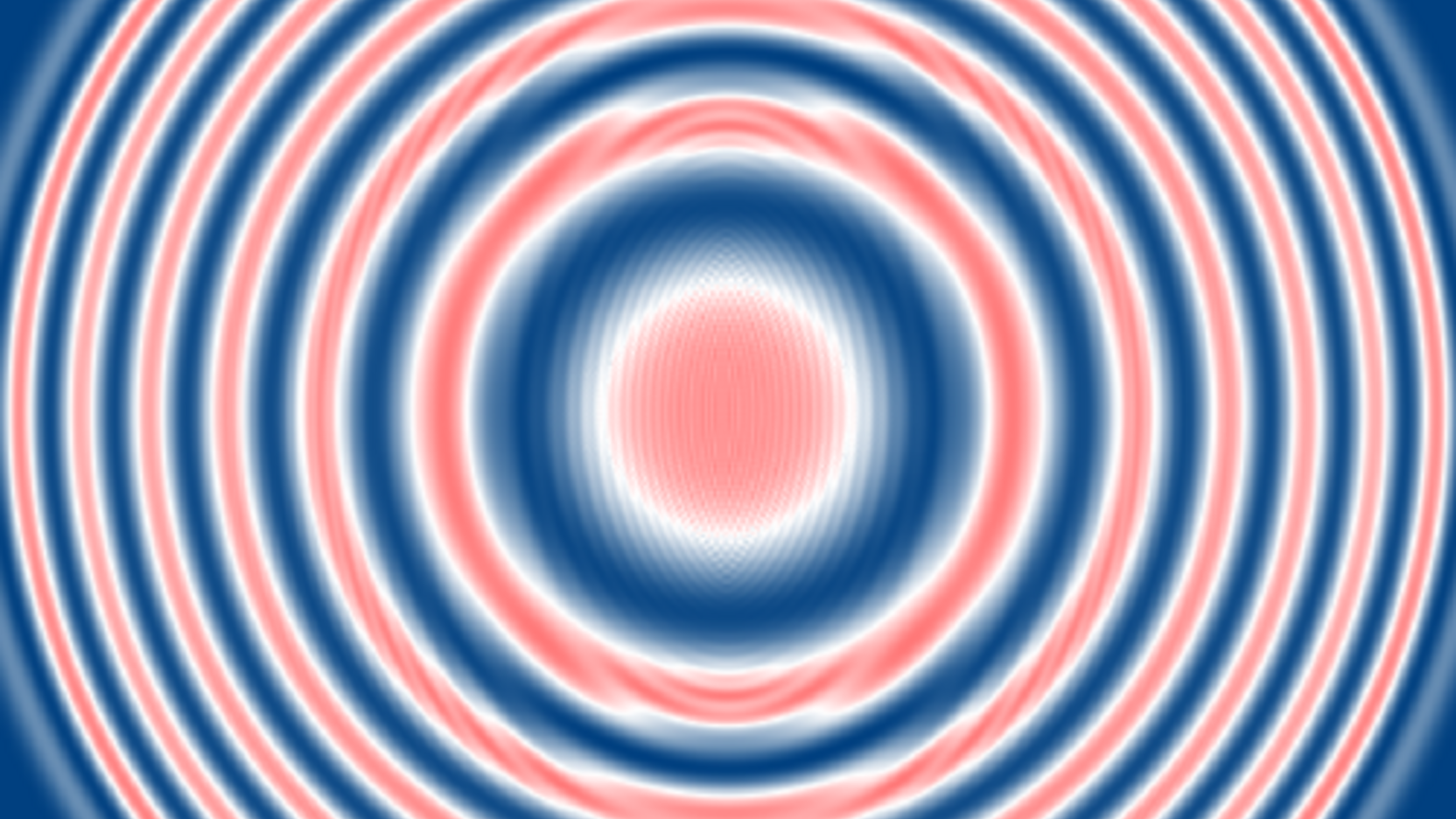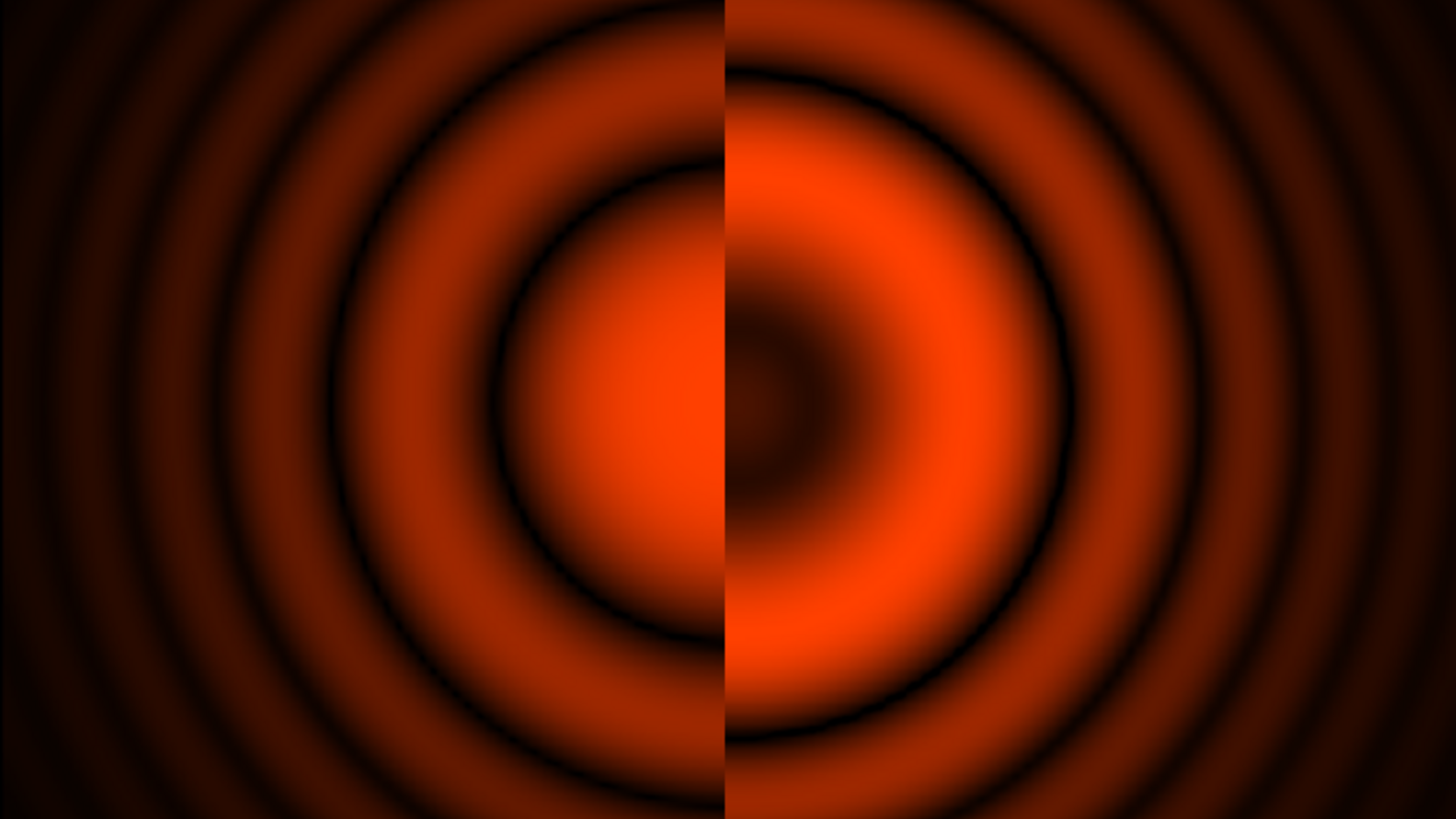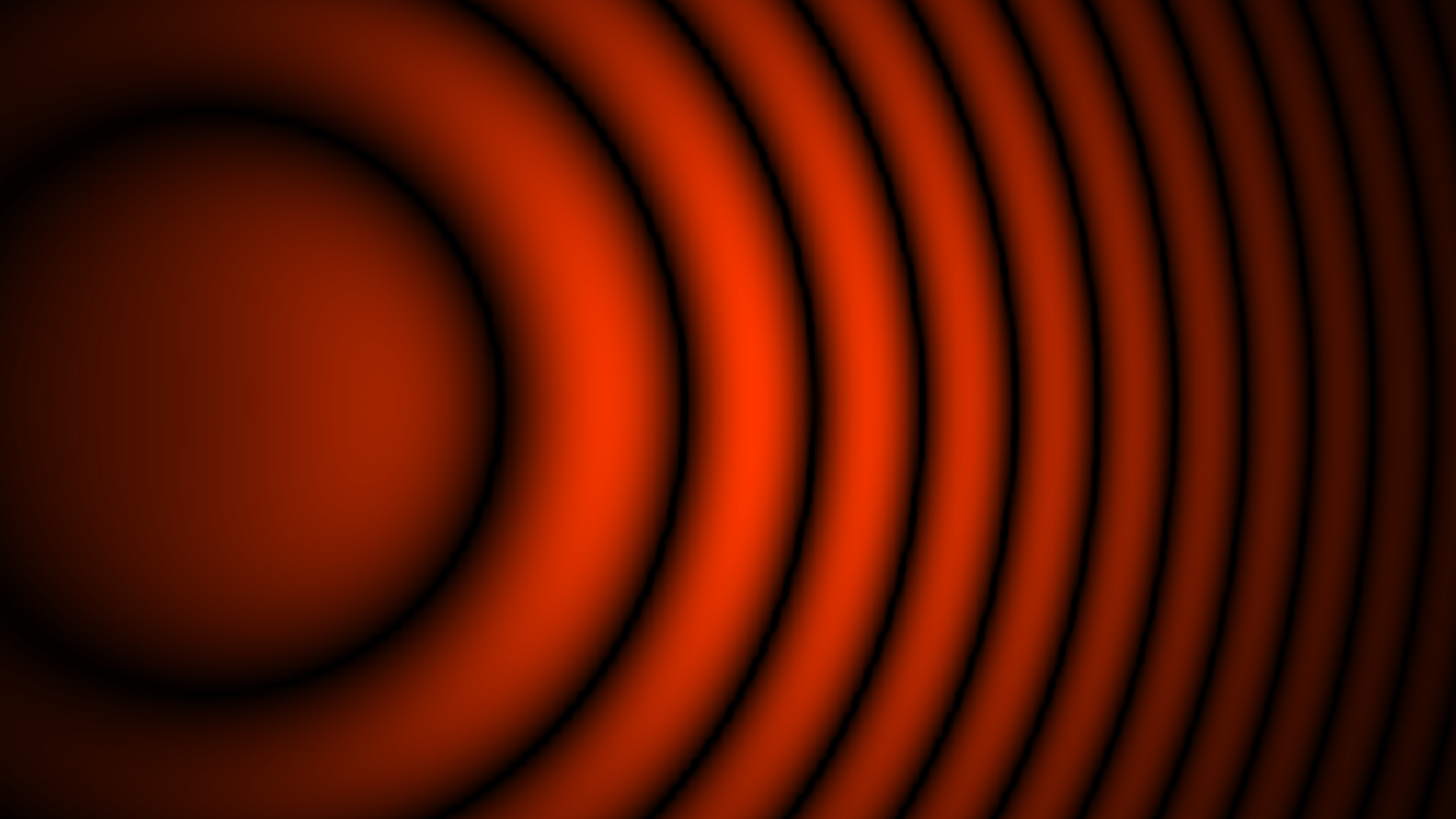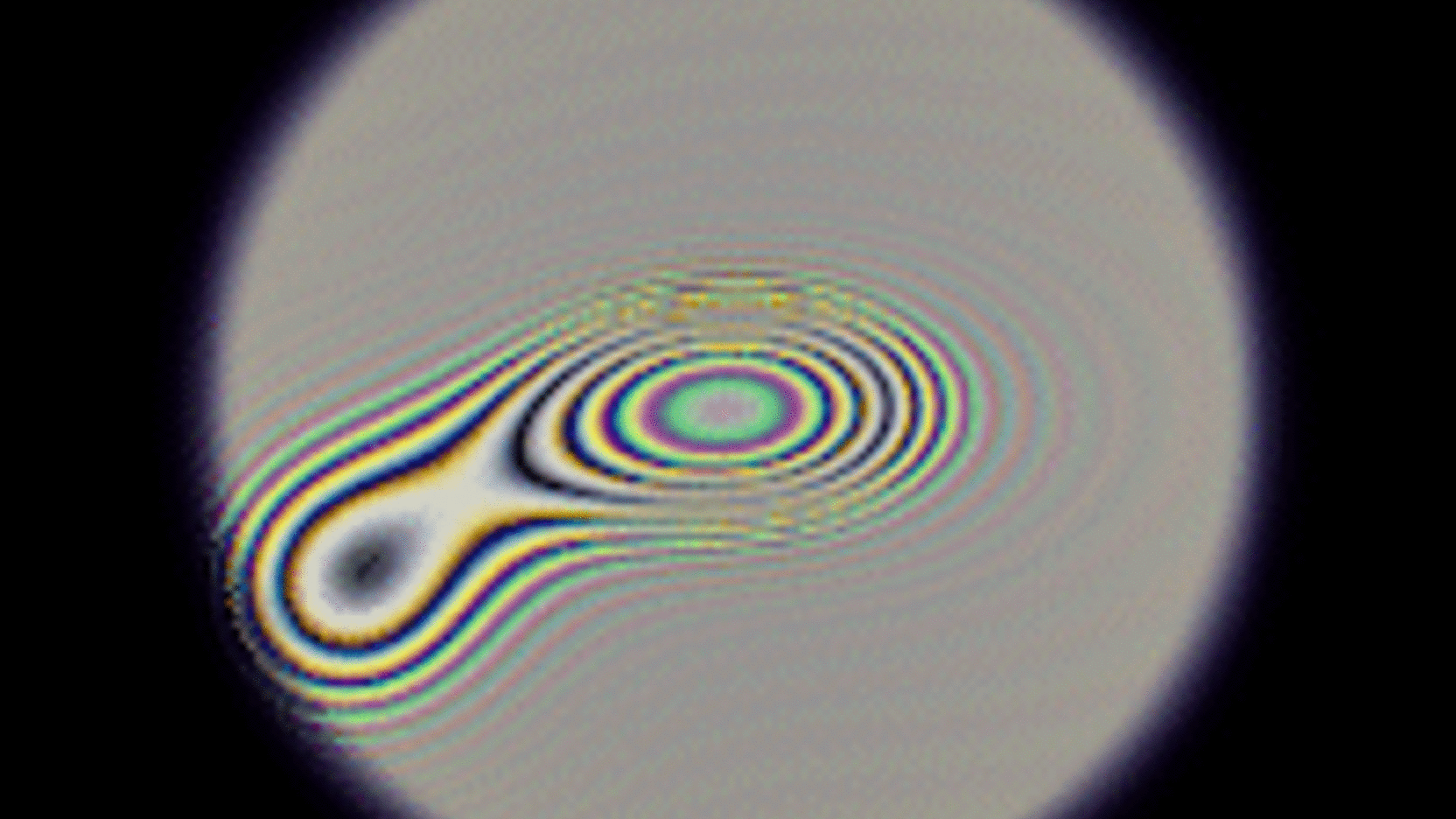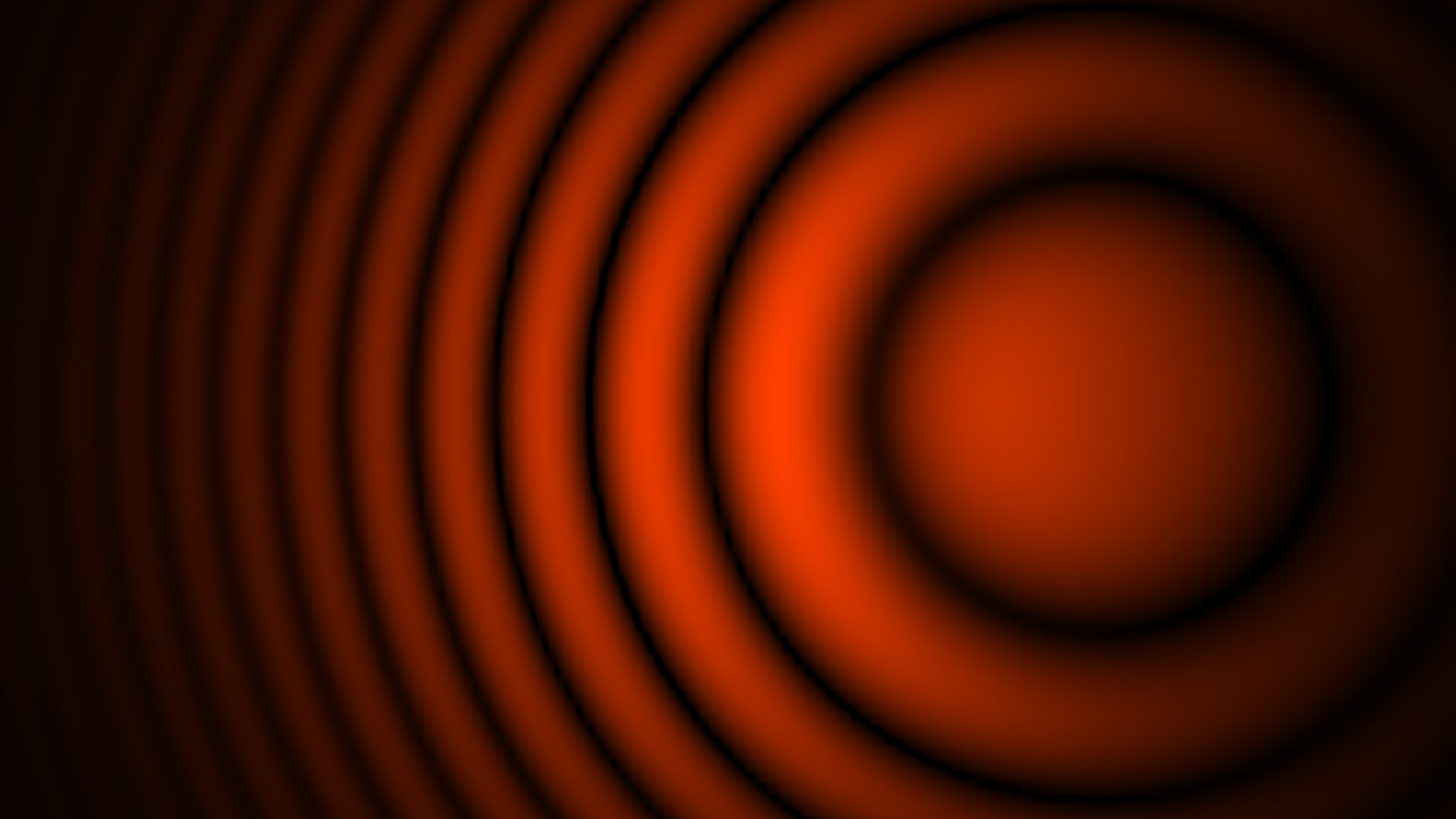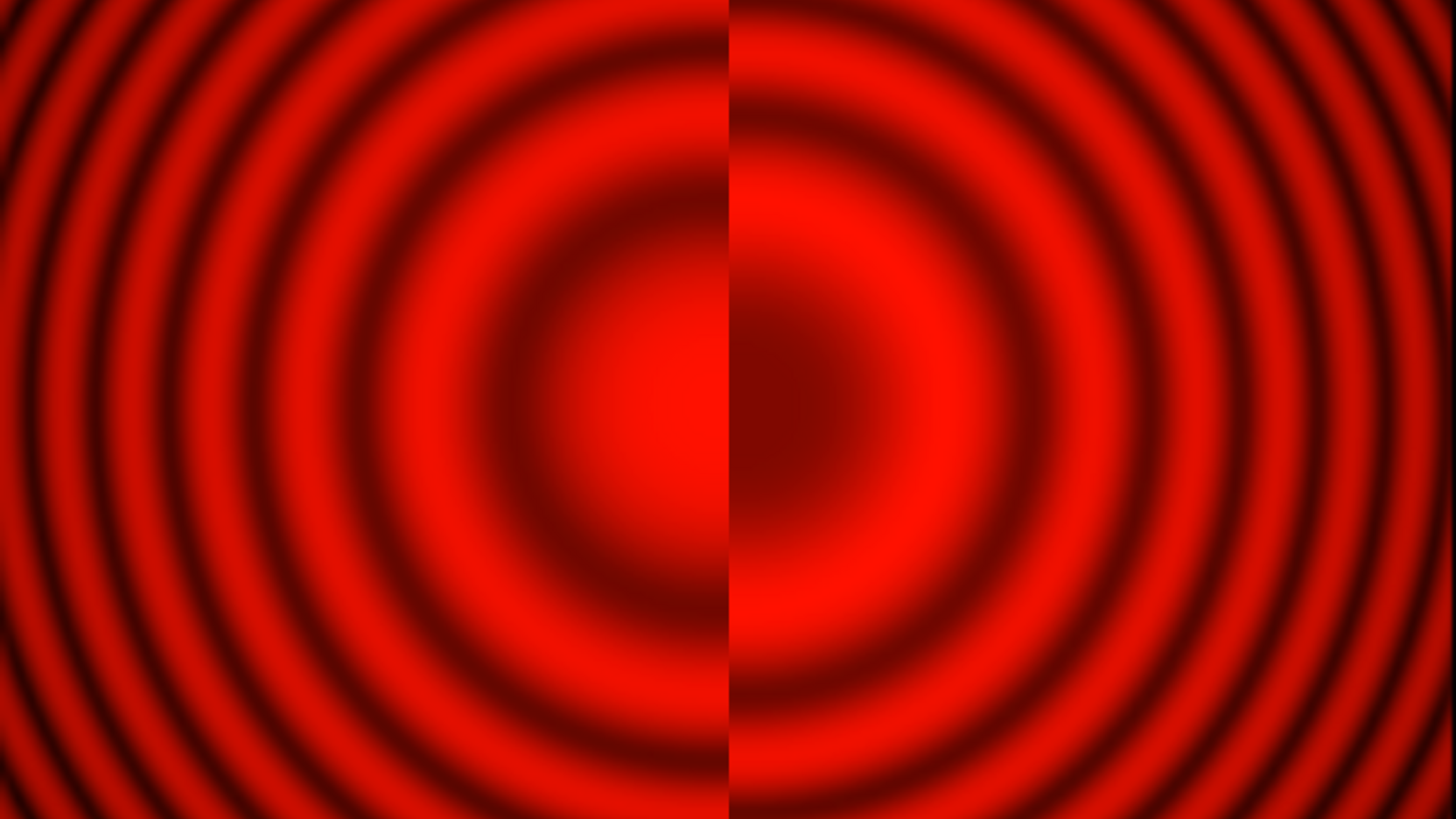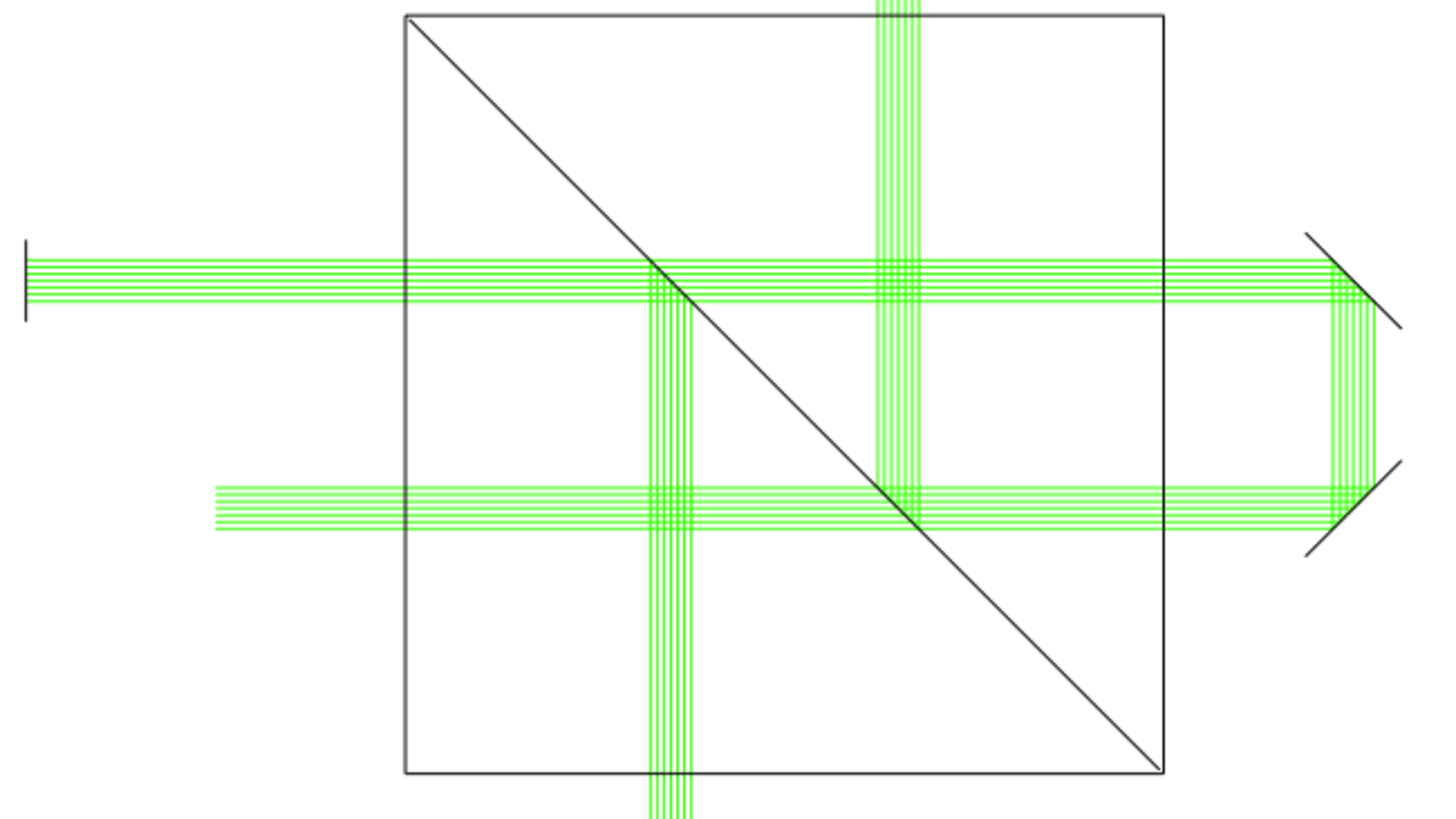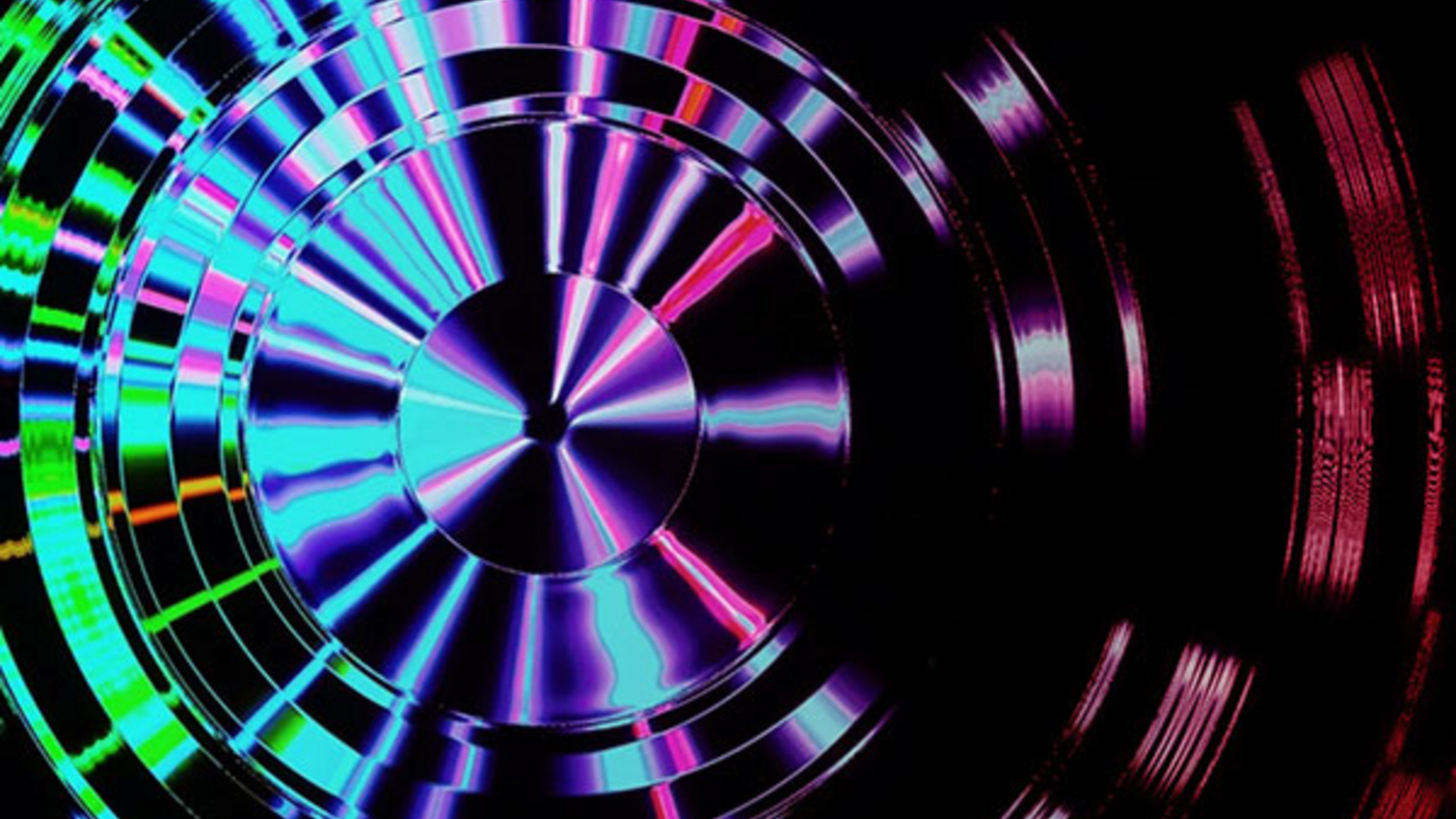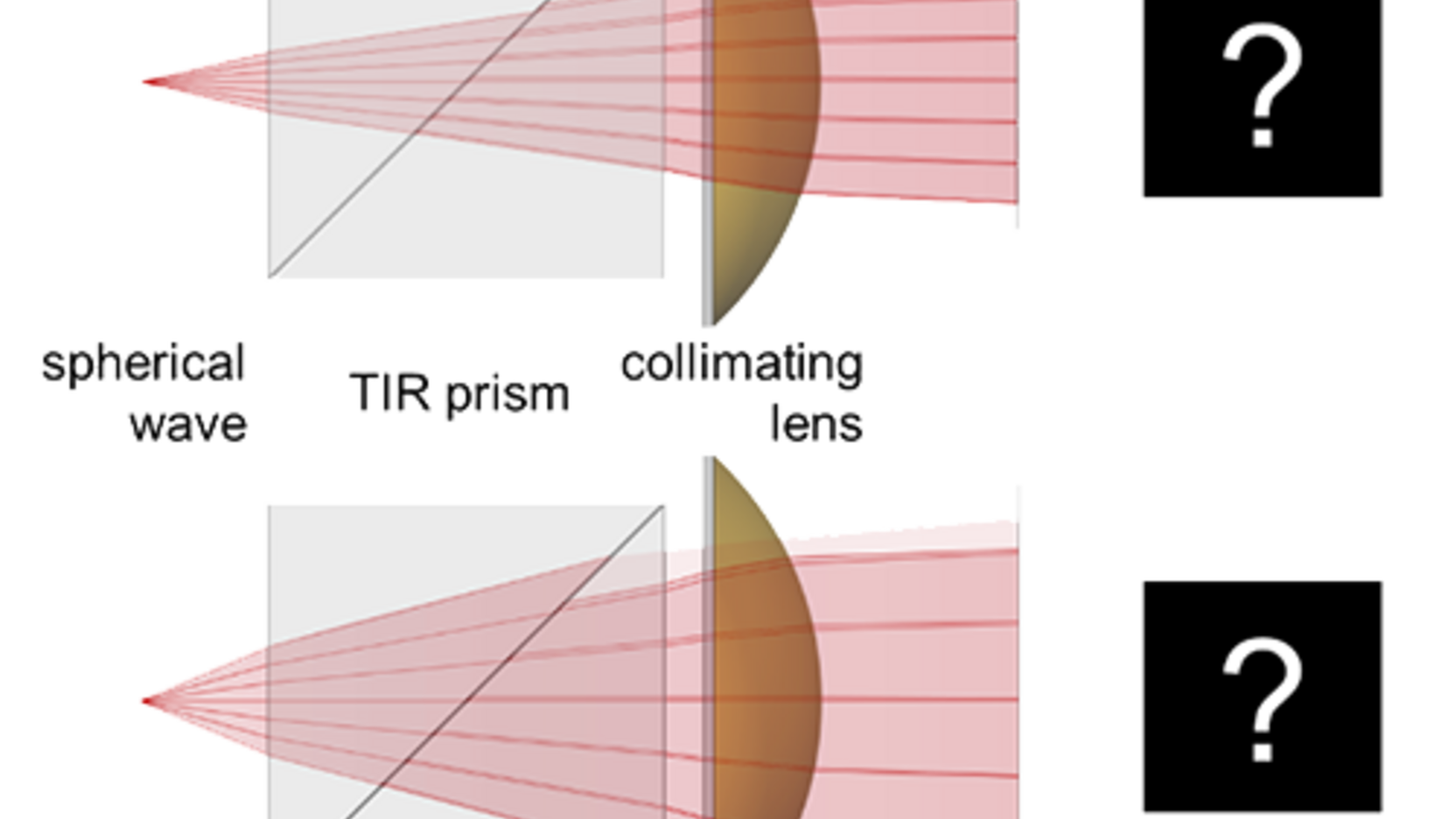Interferometry
With its non-sequential field propagation technology, VirtualLab Fusion enables simulation of a wide range of interferometric systems. Whether you are working with a Michelson, Mach-Zehnder, Shearing, or other configurations, Virtuallab Fusion is able to compute the interference pattern. This functionality supports a variety of applications including coherence measurement, beam splitting, optical testing, wavelength filtering, and collimation analysis.
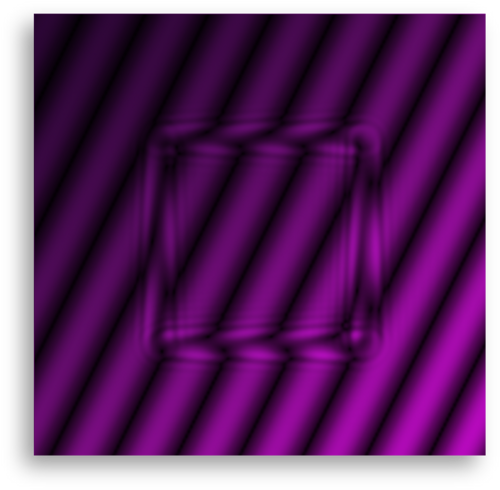
Where Light Meets Itself.
- Multi-Scale Modeling in One Platform
VirtualLab Fusion brings together a variety of modeling techniques – including the S-matrix algorithm, local plane interface approximation (LPIA), thin element approximation (TEA), and functional models for idealized components, etc. – to simulate light propagation through interferometer components across vastly different size scales. This combination facilitates the solution of Maxwell’s equations for both micro- and macro-scale elements of interferometers within a single platform.
- Non-Sequential Field Tracing
Non-sequential field tracing allows light to interact with optical components in any order – just as it would in real-world systems. Instead of being restricted to a predefined path, light can freely propagate through multiple components and regions along various paths – potentially revisiting elements multiple times. This approach captures the full complexity of interference phenomena, including multiple reflections, overlapping beams, and partial coherence effects.
- Flexible Detector Modeling
This enables users to extract detailed insights from their simulations. Whether it is visualizing interference fringes as perceived by the human eye or through customizable color schemes, showing polarization changes across the beam, or detecting wavefront errors to analyze how imperfect collimation affects the interference pattern, VirtualLab Fusion offers a range of options to suit different analysis needs.
